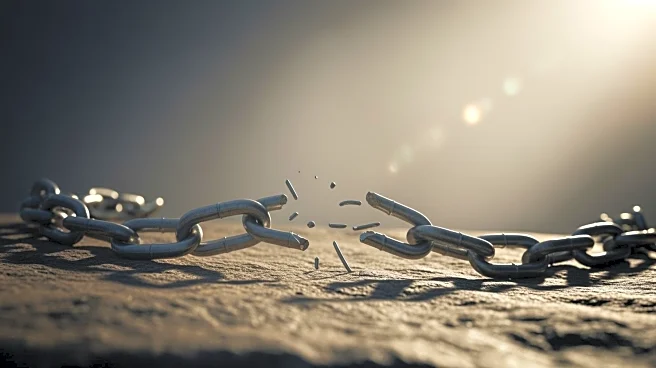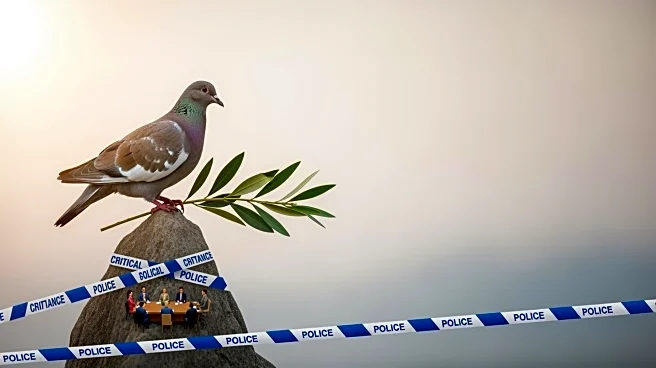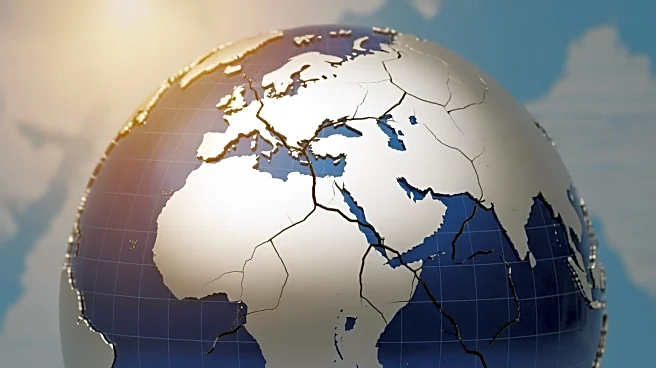What's Happening?
A U.S.-brokered ceasefire in Gaza has withstood its first major challenge as both Israel and Hamas reaffirmed their commitment to the agreement. This follows an incident where two Israeli soldiers were
killed, leading to Israeli airstrikes across Gaza. Despite the violence, both parties have expressed their intention to uphold the ceasefire. Key figures in the ceasefire negotiations, including Steve Witkoff and Jared Kushner, are set to arrive in the region to oversee the next phase of the agreement. Vice President JD Vance is also expected to lead a U.S. delegation to Israel. The ceasefire aims to bring stability to the region, with aid deliveries to Gaza set to continue.
Why It's Important?
The survival of the ceasefire is critical for maintaining peace and stability in the region. The agreement is a significant diplomatic achievement for the Trump administration, reflecting its influence in Middle Eastern politics. The continuation of aid is essential for addressing the humanitarian crisis in Gaza, where the conflict has caused widespread suffering. The ceasefire's success could enhance U.S. diplomatic standing and influence in the region, while failure could lead to renewed conflict and instability. The situation remains delicate, with both sides accusing each other of violations, highlighting the challenges of maintaining peace.
What's Next?
The focus will be on ensuring the ceasefire holds and that aid continues to reach Gaza. The arrival of U.S. officials in the region indicates ongoing diplomatic efforts to support the ceasefire. The situation remains tense, with potential for further escalation if violations occur. The international community will be watching closely to see how the ceasefire is implemented and whether it can lead to a lasting peace. The next phase of the agreement may involve discussions on disarming Hamas and establishing a new governance structure for Gaza.











